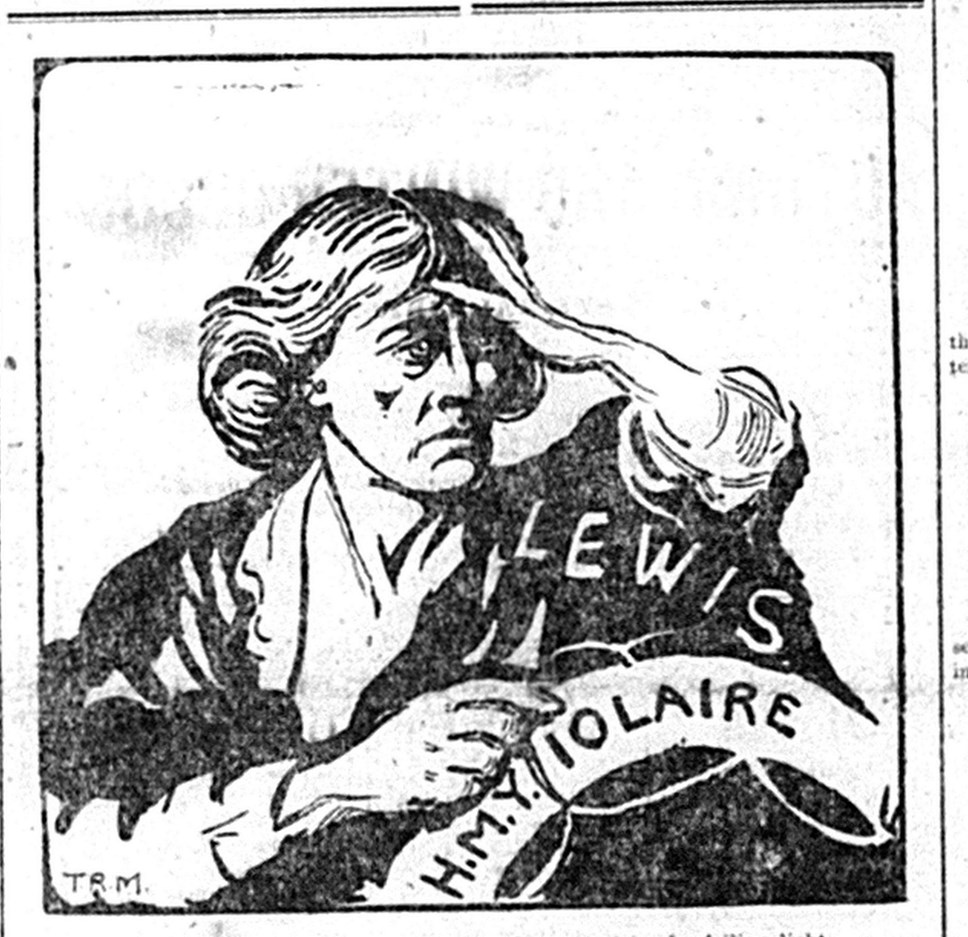
IOLAIRE TRAGEDY REMEMBERED AT NATIONAL LIBRARY
Newly digitised material being made available for the first time to tell the story of one of the worst ever disasters in Scottish history.
The story of the worst peacetime shipping disaster since the Titanic, when 205 soldiers returning from WWI died within sight of Stornoway harbour, is being remembered at the National Library of Scotland.
A new website has been created to raise awareness of the tragic events of New Year’s Day in 1919, ahead of the 100th anniversary of the disaster. It was described by the Stornoway Gazette as “the blackest day in the history of the island.”
The men were aboard the HMY Iolaire and looking forward to being reunited with loved ones when the ship struck rocks called the Beasts of Holm, at the entrance to Stornoway Harbour. There were only 79 survivors.
Scarcely a family was left untouched in the close-knit communities of Lewis and Harris. “The homes of the island are full of lamentation - grief that cannot be comforted,” reported The Scotsman on January 6, 1919.”Carts in little processions of twos and threes, each bearing its coffin from the mortuary, pass through the streets of Stornoway on their way to some rural village, and all heads are bared as they pass.” So many people died that the island ran out of coffins and they had to be brought in from elsewhere to bury the dead.
The dual language Gaelic/English website features reflections on the disaster from descendants of both survivors and those who perished, together with video interviews with John Macleod, author of ‘When I Heard the Bell - The Loss of the Iolaire’.
The story is also told through historical newspapers, maps and documentary sources in both Gaelic and English. Some of these have been newly digitised and made widely available for the first time. The site includes artistic responses to the tragedy, including poetry and early 20th century Gaelic songs.
In his interview, John Macleod recalls the waste of it all. “These men did not die heroically in war. They were killed by colossal carelessness and human error. A ship ran aground in not really bad weather conditions on a notorious reef well off the main shipping line by utterly incompetent officers.”
Alice Heywood, Learning Officer at the National library of Scotland who has worked on the development of the website said “The site aims to give visitors a starting point in looking at the impact the tragedy had on both the community of the time and what we can learn from it today. It includes contributions from the community on the Isle of Lewis and related items in the Library’s collection to provide an overview of events on that fateful day.”
The website can be found at http://digital.nls.uk/learning/iolaire/
Contact Information
Notes to editors
About the National Library of Scotland
The National Library of Scotland is a major European research library and one of the world’s leading centres for the study of Scotland and the Scots - an information treasure trove for Scotland’s knowledge, history and culture. The Library’s collections are of world-class importance. Key areas include digital material, rare books, manuscripts, maps, music, moving images, official publications, business information, science and technology, and modern and foreign collections. The Library holds more than 26 million physical items dating back over 1000 years in addition to a growing library of e-books, e-journals and other digital material. The collection includes over four million books, eight million manuscripts, two million maps and over 45,000 films and videos. Every week the Library collects around 4,000 new items. Most of these are received free of charge in terms of Legal Deposit legislation. Further information is available at www.nls.uk
